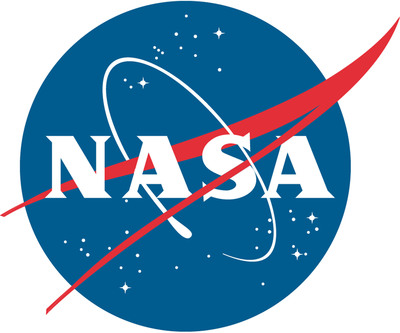
The company's Cygnus spacecraft is set to lift off on a United Launch Alliance Atlas V rocket at 11:05 p.m., the start of a 30-minute launch window, from Space Launch Complex 41 on Cape Canaveral Air Force Station in Florida. Coverage will resume for solar array deployment at 12:45 a.m. March 23, and a post-launch briefing will be held approximately two hours after launch.
NASA TV also will air two prelaunch briefings Monday, March 21. At 12:30 p.m., scientists and researchers will discuss some of the investigations to be delivered to the station, followed by a briefing by mission managers at 2:30 p.m. The briefings will stream live on the agency's website.
Cygnus will carry almost 7,500 pounds of science and research, crew supplies and vehicle hardware to the orbital laboratory to support dozens of science and research investigations that will occur during Expeditions 47 and 48.
The new experiments will inspire future scientists and explorers, with experiments such as an investigation that looks at the properties and behavior of regolith, or "soil" found on asteroids, comets, the moon, and other airless worlds; an instrument for the first-ever, space-based observations of the chemical composition of meteors entering Earth's atmosphere; a technology demonstration of an adhesive device that can stick on-command in the harsh environment of space; and, the second generation of a portable onboard 3-D printer, among others.
The spacecraft will arrive at the station on Saturday, March 26, at which time Expedition 47 Commander Tim Kopra of NASA and Flight Engineer Tim Peake of ESA (European Space Agency) will grapple Cygnus, using the space station's robotic arm, at approximately 6:40 a.m. NASA TV coverage of rendezvous and grapple will begin at 5:30 a.m.
After Cygnus capture, ground commands will be sent from mission control in Houston to the station's arm to rotate and install the spacecraft on the bottom of the station's Unity module. Coverage of installation will begin at 9:15 a.m.
Cygnus will remain at the space station until May, when the spacecraft will be used to dispose of several tons of trash during its fiery reentry into Earth's atmosphere.
Media at the agency's Kennedy Space Center in Florida will have the opportunity to participate in special tours and briefings on March 21 and 22, as well as view the launch. The deadline for media to apply for accreditation for this launch has passed. For more information about media accreditation, contact Jennifer Horner at 321-867-6598 or Email Contact.
If the launch does not occur on Tuesday, March 22, the next launch opportunity is 10:40 p.m. Wednesday, March 23, with NASA TV coverage starting at 9:45 p.m.
This will be the second flight to the station of an enhanced Cygnus spacecraft, which has an extended pressurized cargo module that increases the spacecraft's interior volume capacity by 25 percent and enables more cargo to be delivered with each mission. Dubbed the S.S. Rick Husband, the spacecraft is a tribute to U.S. Air Force Col. Rick Husband, commander of space shuttle Columbia's STS-107 mission, which was lost during reentry on Feb. 1, 2003.
For an updated schedule of prelaunch briefings, events and NASA TV coverage, visit:
For NASA TV downlink information, schedules and links to streaming video, visit:
Learn more about the Orbital ATK CRS-6 mission by going to the mission home page at:
http://www.nasa.gov/orbitalatk
Logo - http://photos.prnewswire.com/prnh/20081007/38461LOGO
To view the original version on PR Newswire, visit: http://www.prnewswire.com/news-releases/nasa-tv-coverage-set-for-fifth-orbital-atk-resupply-mission-to-space-station-300237881.html
SOURCE NASA
| Contact: |
| NASA
Kathryn Hambleton, Headquarters, Washington, 202-358-1100 Email Contact Tracy Young, Kennedy Space Center, Fla., 321-867-9284 Email Contact Web: http://www.nasa.gov |








